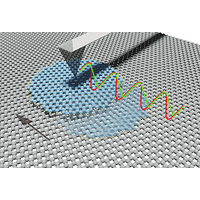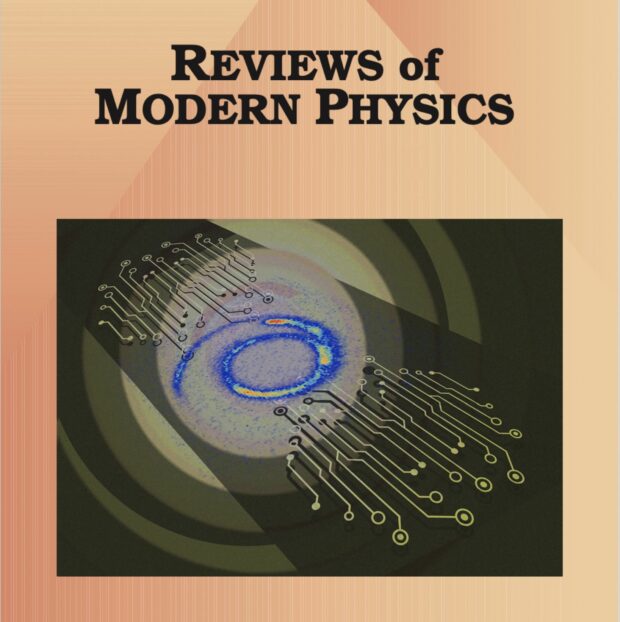Colloquium: Sliding and pinning in structurally lubric 2D material interfaces
IF 44.8
1区 物理与天体物理
Q1 PHYSICS, MULTIDISCIPLINARY
引用次数: 0
Abstract
A plethora of two-dimensional (2D) materials have been introduced in physics and engineering in the past two decades. Their robust, membranelike sheets permit (mostly require) deposition, giving rise to solid-solid dry interfaces whose mobility, pinning, and general tribological properties under shear stress are currently being understood and controlled, both experimentally and theoretically. In this Colloquium simulated case studies of twisted graphene systems are used as a prototype workhorse tool to demonstrate and discuss the general picture of 2D material interface sliding. First highlighted is the crucial mechanical difference, often overlooked, between small and large incommensurabilities, which corresponds to, for example, small and large twist angles in graphene interfaces. In both cases, focusing on flat, structurally lubric or “superlubric” geometries, the generally separate scalings with the area of static friction in pinned states and of kinetic friction during sliding are elucidated and reviewed, tangled as they are with the effects of velocity, temperature, load, and defects. The roles of island boundaries and elasticity are also discussed, and compared when possible to results in the literature for systems other than graphene. It is proposed that the resulting picture of pinning and sliding should be applicable to interfaces in generic 2D materials that are of importance for the physics and technology of existing and future bilayer and multilayer systems.

学术讨论会:结构润滑的二维材料界面中的滑动和针刺现象
在过去二十年里,物理学和工程学引入了大量二维(2D)材料。它们坚固的膜状薄片允许(主要是要求)沉积,产生了固-固干界面,其流动性、针刺和剪切应力下的一般摩擦学特性目前正在实验和理论上得到理解和控制。在本次研讨会上,我们使用扭曲石墨烯系统的模拟案例研究作为原型工具,来展示和讨论二维材料界面滑动的一般情况。首先强调的是经常被忽视的小互斥性和大互斥性之间的关键力学差异,例如,这对应于石墨烯界面中的小扭曲角和大扭曲角。在这两种情况下,以平坦、结构润滑或 "超润滑 "几何形状为重点,阐明并回顾了针刺状态下静摩擦面积和滑动过程中动摩擦面积的一般独立标度,它们与速度、温度、载荷和缺陷的影响纠缠在一起。此外,还讨论了孤岛边界和弹性的作用,并在可能的情况下与文献中有关石墨烯以外系统的结果进行了比较。我们建议,由此得出的针刺和滑动图像应适用于通用二维材料的界面,这对现有和未来的双层和多层系统的物理和技术具有重要意义。
本文章由计算机程序翻译,如有差异,请以英文原文为准。
求助全文
约1分钟内获得全文
求助全文
来源期刊

Reviews of Modern Physics
物理-物理:综合
CiteScore
76.20
自引率
0.70%
发文量
30
期刊介绍:
Reviews of Modern Physics (RMP) stands as the world's foremost physics review journal and is the most extensively cited publication within the Physical Review collection. Authored by leading international researchers, RMP's comprehensive essays offer exceptional coverage of a topic, providing context and background for contemporary research trends. Since 1929, RMP has served as an unparalleled platform for authoritative review papers across all physics domains. The journal publishes two types of essays: Reviews and Colloquia. Review articles deliver the present state of a given topic, including historical context, a critical synthesis of research progress, and a summary of potential future developments.
 求助内容:
求助内容: 应助结果提醒方式:
应助结果提醒方式:


